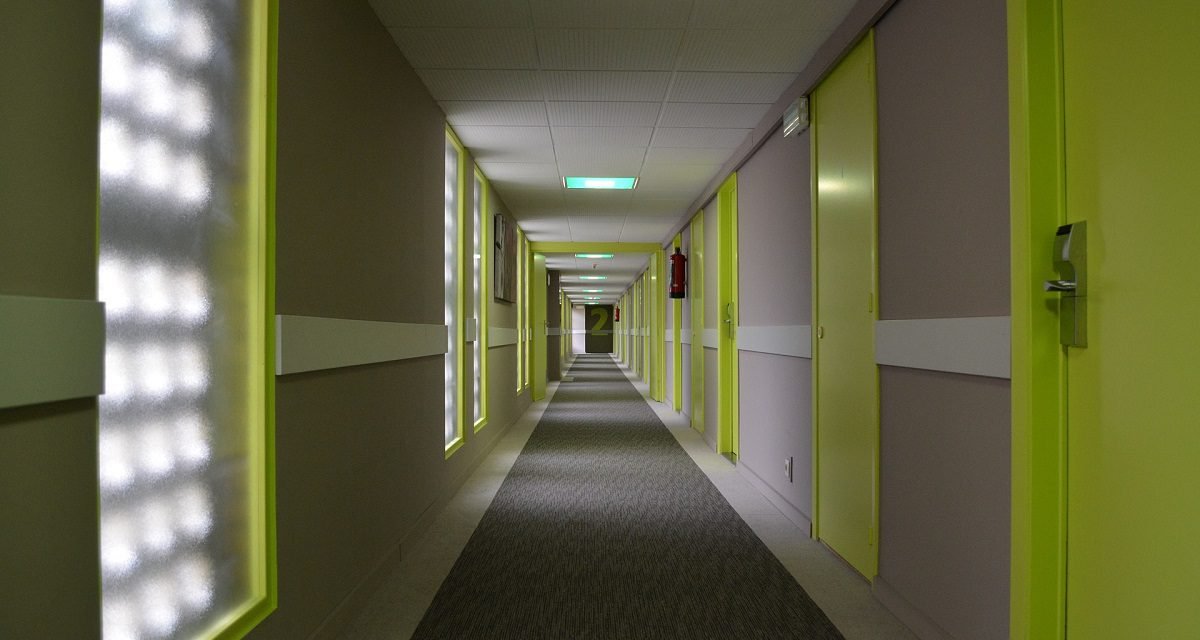California continues to experience a major inventory shortage, especially for low- to moderate- income first-time homebuyers. Homebuyers are forced to navigate a volatile housing market, which contributes to our state’s low homeownership rate. The effects of this imbalanced market can also be seen in our growing homelessness crisis.
Hotel and motel conversions have the potential to be a fast and inexpensive way to increase the supply of affordable and supportive housing for these unhoused individuals, according to a Terner Center for Housing Innovation analysis. The study looked at thirteen hotel/motel acquisition projects across the country designed to address homelessness.
In the report, two of the thirteen hotel/motel acquisition projects are located in Sacramento, California. These two conversion projects are Capitol Park Hotel and Wood Spring Suites Hotel (La Mancha).
Both projects are being led by the organizations, Mercy Housing, and the Sacramento Housing and Redevelopment Agency. They aim to create permanent supportive housing for unhoused individuals. Both projects are currently still in re-development.
A new California initiative, Project Homekey, is providing $846 million for acquisition projects in California such as the Capitol Park Hotel and Wood Spring Suites Hotel conversion projects. After the success of Project Roomkey, Project Homekey is set to continue as a statewide effort to quickly provide permanent housing for unhoused individuals, according to the California Department of Housing and Community Development (HCD).
Under Homekey, developers can convert a variety of housing types to permanent or interim housing for unhoused individuals, including:
- hotels; motels; hostels; single-family residences (SFRs);
- multi-family units;
- adult residential facilities;
- manufactured housing; and
- commercial properties.
Prospective applicants can request pre-application consultations by emailing Homekey@hcd.ca.gov. For more information on eligibility, visit the California Department of Housing and Community Development .
Boosting conversions
Commercial to residential conversion isn’t new to builders and has long since been increasing in the last decade. But it wasn’t until the COVID-19 pandemic in 2020 that builders began expanding hotel/motel conversions on a broader scale.
The critical elements which support the long-term success of conversion projects include:
- increased state and federal funding to support long-term operations and services;
- expansion of access to rental assistance and long-term services; and
- updated local and state land use laws that streamline the development process.
However, obstacles to the long-term success of conversion projects are:
- local opposition or vocal not-in-my-backyard (NIMBY) advocates;
- few developers, city government, and social service providers who have the technical knowledge and capacity to manage large-scale conversion projects; and
- coordination challenges between low-to-mid tier housing development, homelessness services, and health care.
Increasing funding, resources, and technical expertise for conversions help expand the supply of housing quickly, especially to meet today’s urgent housing needs of people experiencing homelessness.
Legislators need to create more policies for the long term that can create a more sustainable framework for commercial to residential projects, especially in the low-to-mid tier. For starters, some effective strategies and policies that support the long-term success of conversion projects include:
- federal and state government funding for acquisition and operations;
- offering more project-based vouchers and/or state programs to fund the long-term operation of converted properties;
- state legislation that exempts conversions from discretionary review and other local requirements;
- enabling organizations without real estate expertise to pursue acquisition and offer them technical assistance from state and private entities, or incentivize relationships with experienced development partners;
- Continuums of Care (CoC) partners working to better integrate conversions into comprehensive homelessness response strategies; and
- State expansion of Medicaid funding or new funding streams for tenancy support services, according to the Terner Center report.
Legislators need to continue working efficiently with builders to reduce homelessness and increase the amount of low-income housing. Builders are being encouraged to construct more low- and mid-tier housing and reduce housing costs for low- and moderate-income households. By working together, they can improve the quality of life for all residents here in California.
Related Article:














